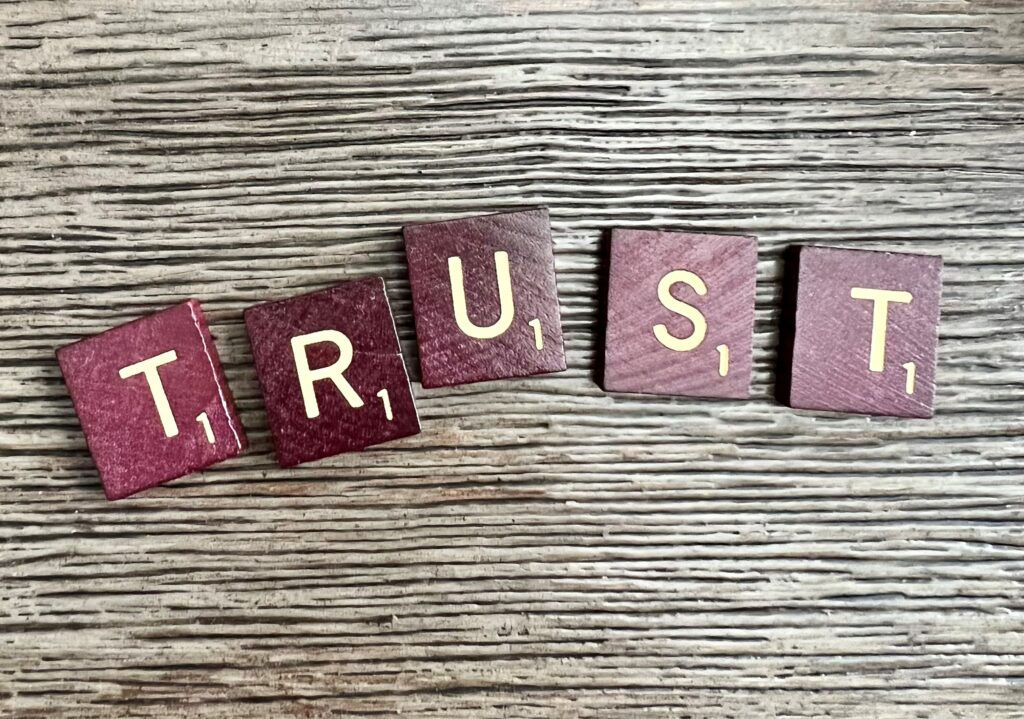
Trust is hard alone. You can, and it is a critical skill to learn to trust yourself. But the moment you move beyond yourself, trust is not an alone activity. Trust involves others.
Not rocket science, I know. Frankly, not even year 3 science. It’s quite basic. But, trust can often be seen as woolly, soft, and ‘unscientific’. Which feels unfair. Sometimes trust can be all about hard facts. It can be a ‘hard science’, factual, even ‘cold’. Far from woolly and warm fuzzies.
I can see a payment in my account and my bank says it comes from you. I trust my bank to tell me the correct information as I see no reason for them not to (in this situation). Behind the scenes, there are many things at work. One of which is my bank recieving funds from another bank including the account details of the sender. In the UK, when I send money to another account, before I send the money I enter name of account holder, account number and sort code number. My bank checks with the other bank if those details all match and tells me if they don’t. If they don’t match, I am told they don’t but nothing more.
This is important for data portability, deduplication, and so on. While some aspects of the bank example are relevant, there is a big difference. The bank example is a 1:1 verification – do these details match the ones you have? Yes/No. For deduplication we are lookingat a 1:many verification. This requires either the ability to ask – does this person already exist? to all ‘banks’ or some form of central registry to ask. It could be called a ‘trust’ registry.
But also, trust is not just about the registry, it is also about what can be ‘asked’ of it. Yes/no questions give little in return so help with trust. Additionally, trust is about who put the information in first and do we trust them. Therefore, can we verify, without a doubt, that agency X did in fact put this information in and it has not been changed. Another aspect of trust and one that we now can also do.
So we can trust the facts because there is ‘proof’ we can follow, but the decision is still up to us. And that’s whole other layer of trust.

0 Comments